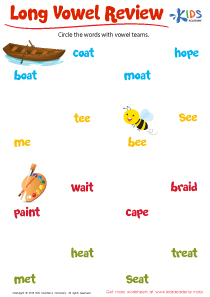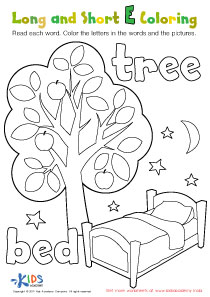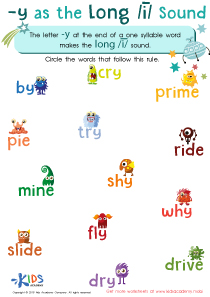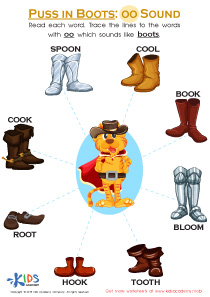Silent Vowels Worksheets for Ages 3-6
3 filtered results
-
From - To
Discover our engaging "Silent Vowels Worksheets" designed specifically for children ages 3-6! These interactive worksheets introduce young learners to the concept of silent vowels through fun activities, helping them enhance their reading and writing skills. With colorful illustrations and simple exercises, kids will enjoy identifying and practicing silent vowels in various words. Our resources are perfect for classrooms or at-home learning, promoting phonetic awareness in an enjoyable way. Foster a love for language while boosting literacy skills with our carefully crafted worksheets. Start exploring the world of silent vowels today and watch your child's confidence grow!
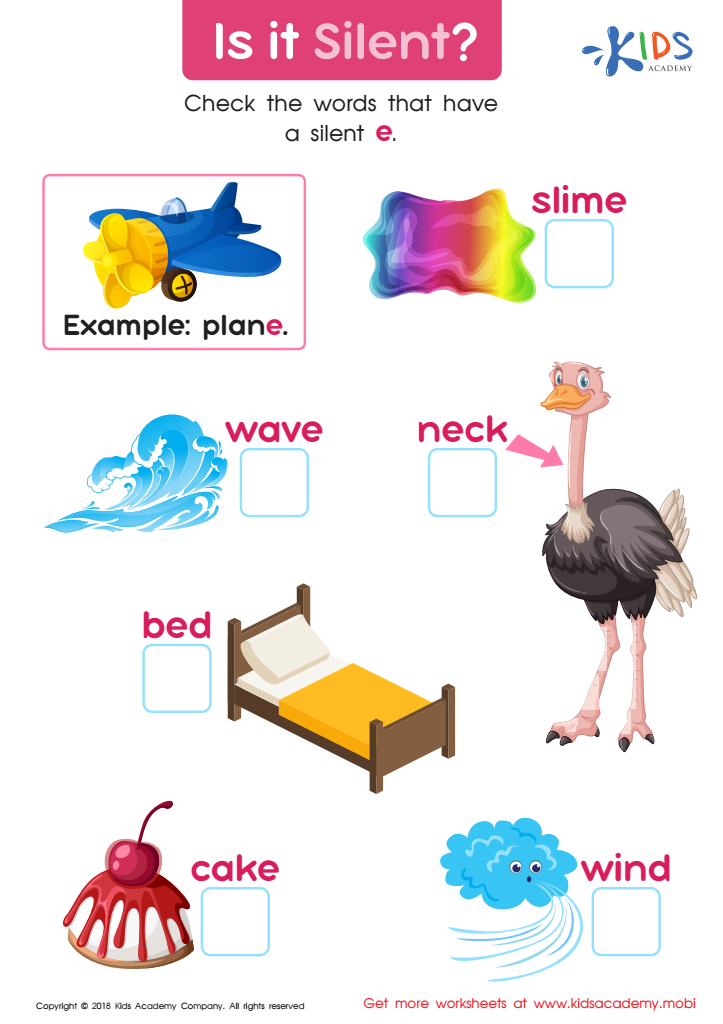

Is It Silent? Worksheet
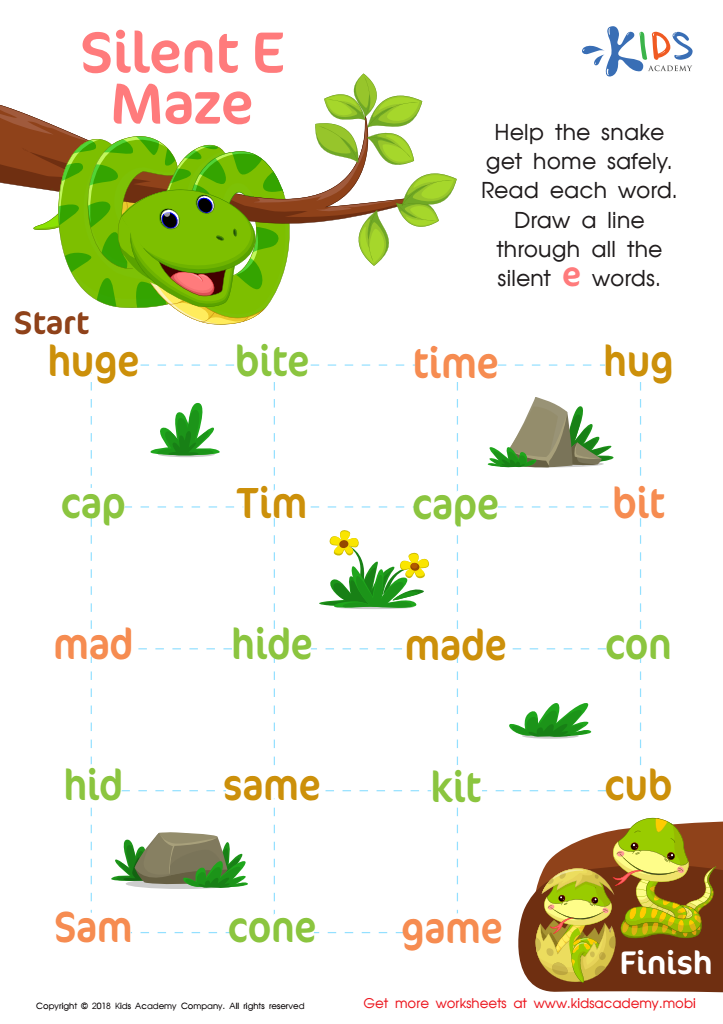

Silent E Maze Worksheet
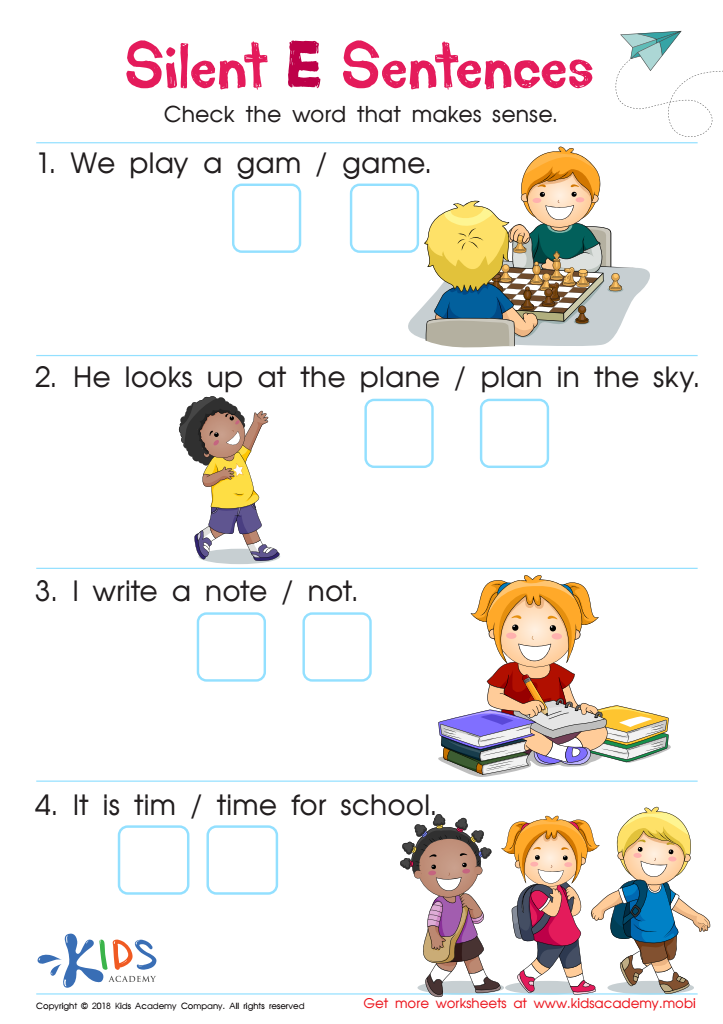

Silent E Sentences Worksheet
Parents and teachers play a vital role in fostering early literacy skills in children aged 3-6, and understanding silent vowels is an important component of this process. Silent vowels—those that aren't pronounced in a word, such as the 'e' in "make" or "time"—can be tricky for young learners. By addressing silent vowels early, caregivers can enhance phonemic awareness, which is essential for developing reading and writing proficiency.
Recognizing silent vowels helps children decode words more effectively, giving them confidence as they progress in their literacy journey. For instance, understanding that the 'e' gives a vowel a long sound can aid in distinguishing between similar-sounding words. This understanding also reinforces the connection between letters and their sounds, crucial for phonics instruction and spelling.
Moreover, introducing silent vowels can enhance vocabulary acquisition, as children begin to encounter a broader range of words in texts. Parents and teachers who focus on this aspect can create engaging activities—like word games and rhymes—that make learning fun and interactive. Ultimately, caring about silent vowels sets the stage for a strong foundation in reading skills, fostering a love for books that will benefit children throughout their educational journey.

 Assign to My Students
Assign to My Students





